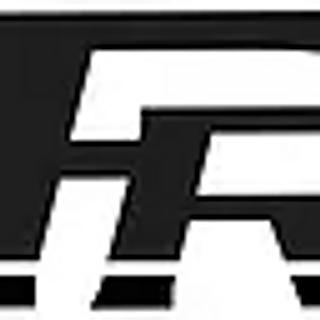Motor Performance vs. Motor Learning
- Scott Swanson
- Apr 25, 2023
- 3 min read
- Are you struggling to transfer the changes you make during your training sessions to the game mound?
- Do you make progress in weekly side sessions that does not stick when a hitter steps in the box?
You may be struggling with an issue known as Motor Performance.

What is Motor Performance?
Motor performance is defined as “the act of executing a motor skill that results in a temporary, nonpermanent change.” The motor performance conundrum continues to become more prevalent in today's baseball culture. Generally, it means that the athlete is “performing” for an instructor and/or themselves when given (or seen/read) instructions to complete a given task (body movement, pitch design, etc.).
Motor Performance is Bad?
While an athlete may see initial improvement following instruction, drilling, or explicit cueing; They may simply be “performing” a movement prescription at that individual time. There is a benefit here, and over time the movement prescription may stick. Problems may arise when the environment/stage changes or the need to think tactfully or strategically overshadows the need to complete a movement prescription. This may be a similar phenomena to cramming for a test versus learning the material overtime. You can quickly cram the night before the exam to pass, but try recalling that information two weeks later. Unless we train the neurological side to motor learning, the conscious changes we make during training sessions may not come to fruition when they are needed the most.

What is Motor Learning?
Motor learning is a relatively permanent change in the ability to execute a motor skill as a result of practice or experience. There are a few different characteristics of motor learning that must be examined in order to train the neurological side of skill acquisition.
A first characteristic is simply deploying a training process. The human body requires stimulus to induce a change in its ability to perform a given motor task. In order to deliberately perform the desired action in a performance environment, the body must first be exposed and undergo that said action during training. For example, if you attempted to complete a round of golf but only ever practiced with the driver at the range and never touched your irons or putter, would you expect to play well for all 18 holes? Without exposure to the stimulus that is required to perform these separate actions (hitting your irons/putting), the body will struggle to perform when that action is called.
A second characteristic of motor learning is a bit more nuanced. Improvements in actions must occur as a direct result of practice and exposure to stimulus, not maturation or in other words, getting older. Instead, these two elements go hand-in-hand. Maturating is needed to become more skillful and gain potential but being exposed to stimulus through a development plan is needed in order to capitalize on that potential. Skills needed for a game or performance need to be honed in during the Off-season & In-Season through a long-term development plan that is always adapting and changing as you mature.
A third characteristic of Motor Learning is that it cannot be observed directly. Motor learning cannot be perceived or recorded in a tangible or linear manner. It is something that can only be observed with a long-term mindset. Motor learning is a journey, where the phrase “trust the process” becomes reality. To truly capitalize on training and on your neurological development, you have to take charge of each day and understand that training is not linear. The beautiful thing about the nervous system is that it adapts. As long as the athlete is experiencing the right stimulus at the right time he/she should see improvement in the long-term.

In summary
In order to truly perform well in a game environment, you MUST train and engrain movement patterns and skills during both the Off-season & In-season. Having an individualized plan is a necessity if you want to compete at your highest level. Working on mechanics during a single thirty minute lesson a week is not setting a serious high-school, college, or professional pitcher up for long-term success and development. Without a long-term plan for development with an end goal in mind - successful development will be a toss up.
MOTOR PERFORMANCE
Quick fixes that don't translate to the performance environment
“performing” a movement prescription at that individual time
MOTOR LEARNING
Deep ingrained movement solutions
Transferable movement patterns to the playing field
Not having to think about how to move
Trusting nonlinearities of training with day in & out consistency is how to achieve MOTOR LEARNING





























Comments